Solo Kilimanjaro Climb
A Solo Kilimanjaro Climb might sound challenging at first sight. But don't worry, the skilled guides and porters of African Scenic Safaris are here to support you. You'll need some muscle, grit, and a steady mind, and you're all set for the Mount Kilimanjaro Climbing expedition.
Remember, a Solo Kilimanjaro Climb isn't just about getting to the top. It's about the journey, the stunning sights, and the unique memories you'll make on the way. Our aim here is to capture the spirit of this amazing life experience and inspire you enough to take on this challenge with confidence with our specially curated Kilimanjaro Climbing Packages. So, if you're ready to take on the mountain, let's get started.
Why Choose Climbing Kilimanjaro Solo?
The decision to Climb Kilimanjaro Solo is a personal one. While some climbers enjoy the camaraderie of Kilimanjaro Climbing in a group, few prefer the freedom and flexibility of going solo. So, it all depends on you and your preferences as a climber.
Choosing to Climb Mount Kilimanjaro Solo can be a unique and rewarding experience for several reasons. Here are some reasons why you might consider taking on this adventure by yourself:
- Solo climbers get to set their own pace, stop when they want to take pictures or rest, and generally have more control over their experience.
- Solo Kilimanjaro Climb is an excellent way to push your limits, challenge yourself, and learn some new life-saving skills.
- Climbing Kilimanjaro Solo can be a peaceful and meditative experience. You'll have ample time to connect with nature and reflect on your thoughts and feelings.
- You can save some money when climbing Kilimanjaro solo. You can do that by minimizing the tour operator fees and choosing more affordable accommodation and dining options along the way.
What Are The Options For Climbing Kilimanjaro Solo?
When Climbing Mount Kilimanjaro Solo, you have two options. The first one is to go for a private climb which means it is only you along with the guides and porters. The porters will help you in carrying your equipment like tents. The second option is to join a group which in our opinion is more affordable.
It’s needless to say here that Solo Kilimanjaro Climb is not for everyone. It requires careful planning, preparation, and consideration of the risks involved. In the next section, we are going to address the risks involved.
The Risks Involved In Climbing Kilimanjaro Solo
Climbing Kilimanjaro, whether solo or in a group, carries inherent risks. These risks include Kilimanjaro Altitude Sickness, which can be life-threatening if not properly managed. Other associated risks include falls, extreme weather, and other hazards associated with mountain climbing.
Climbing solo can increase these risks as there is no built-in support system if something goes wrong. Additionally, solo climbers must rely solely on their judgment and decision-making skills. So, things that can help a climber for a safe and successful Kilimanjaro Climb are:
- Appropriate training
- Earlier climbing experience, maybe with groups.
- Knowledge and skills
Why Are Kilimanjaro Preparations Necessary For Solo Climbers?
Preparation for climbing is inevitable, especially for solo climbers irrespective of the Kilimanjaro Routes they have chosen for scaling up the mountain. Also, before starting,
- You need to ensure that you are physically fit, mentally prepared, and have the necessary gear and equipment.
- You should also research Kilimanjaro Routes, weather conditions, and any other factors that may affect your climb.
- Solo climbers must also conduct extensive research on other aspects affecting Mount Kilimanjaro Climbing such as acquiring permits, visas, and other related travel documents.
Our Tip: “We strongly suggest being fully prepared and coming informed to mitigate risks and increase the likelihood of a successful climb.”
For the convenience of our readers, we have tried incorporating Kilimanjaro Gear List for Solo Climbers here. Hope it helps all the solo adventurers in ensuring that does not forget anything for their Kilimanjaro Climb. We have also tried to give you a percentage depicting how much will a solo Kilimanjaro Climber need the corresponding item.
|
ITEMS
|
RECOMMENDED SPECIFICATIONS
|
SOLO CLIMBER REQUIREMENTS
|
|
Hiking Boots
|
Waterproof, well-fitting, broken-in
|
100%
|
|
Warm layers
|
Fleece jacket, down jacket, thermal underwear
|
100%
|
|
Waterproof jacket
|
Breathable, windproof, with hood
|
100%
|
|
Sleeping bag
|
Rated for sub-zero temperatures
|
100%
|
|
Backpack
|
30-40 litres, with rain cover and comfortable straps
|
100%
|
|
Trekking poles
|
Adjustable, lightweight, with wrist straps
|
50-75%
|
|
Headlamp
|
LED, with extra batteries
|
100%
|
|
Water bottle
|
2-3 litres, insulated or with a purification system
|
100%
|
|
Sunglasses
|
UV protection, polarized
|
100%
|
|
First aid kit
|
Including medications for altitude sickness
|
100%
|
|
Snacks and energy bars
|
High-calorie, easy to digest
|
50-75%
|
|
Satellite phone
|
With emergency contacts and a charging kit
|
50-75%
|
|
Portable charger
|
With multiple USB ports and solar panels
|
50-75%
|
Factors To Consider For Solo Kilimanjaro Climbs
Several considerations should be pondered upon before starting on the Kilimanjaro Solo Climb. Here is a list of some of the important things:
Kilimanjaro Climb Cost
Solo climbs can be more expensive than group climbs. This is because you won't have the cost-sharing benefits of a larger group. So, make sure to budget accordingly. You can consider looking for ways to save money. Some of the ways by which you can save money are:
- Choosing a less popular Kilimanjaro Route.
- Or just by being flexible with your travel dates.
Here's a table summarizing the average cost of a Solo Kilimanjaro Climb for a solo 6-day/7-night camping trek on Kilimanjaro. Please keep in mind that these costs can vary based on factors like the time of year, gear requirements, guide and porter fees, and any additional services or amenities you might choose to include.
|
Expense Category
|
Average Cost (USD)
|
|
Trekking Guide
|
$20-$30 per day
|
|
Porters (2-3 per climber)
|
$10-$15 per porter per day
|
|
Cook
|
$15-$20 per day
|
|
Park Fees (Per day)
|
$70-$100
|
|
Camping Fees (Per day)
|
$50-$70
|
|
Rescue Fee
|
$20 (one-time)
|
|
Trekking Gear (rental)
|
$20-$40 per day
|
|
Food & Water
|
$15-$30 per day
|
|
Transport (to/from the mountain)
|
$50-$100 (one-time)
|
|
Tip (for guide, porters, cook)
|
$200-$250 (one-time)
|
Total (estimate): The total will vary significantly based on the specifics of your trip, but a 6-day/7-night camping trek could cost anywhere between $1200 and USD 2000.
For more information on exact pricing and other relevant details, you can read about Kilimanjaro Climbing Packages offered by us.
Special Note For Our Female Solo Travellers:
Solo female climbers tackling Kilimanjaro should prioritize their safety by conducting thorough research and adopting crucial precautions. When Climbing Kilimanjaro Solo Female, the use of a professional female guide can enhance security and comfort level. Alternatively, selecting a trustworthy tour operator renowned for its rigorous safety practices is also a reliable choice for ensuring a secure ascent of the majestic mountain.
Private Or Group Climbs – Which One To Choose From?
Choosing between Climbing Kilimanjaro Solo or with a Group is a personal decision that depends on individual preferences and priorities. We can only give you information related to them, but ultimately the decision of choosing one among the two lies with you.
Private climbs are more flexible and can be customized accordingly. Also, they can be more expensive. On the other hand, the group climbs offer built-in support systems and the opportunity to meet new people.
Best Time to Climb Kilimanjaro
Climbing Kilimanjaro can be done year-round, but the best time to climb will always depend on personal preference and priorities. Peak seasons offer the best weather conditions but can be more crowded, while green seasons offer fewer crowds and lower prices but can be wetter.
We have compiled all the information related to Best Time to Climb Kilimanjaro in the table below:
|
Season
|
Duration
|
Pros
|
Cons
|
|
Peak Season
|
January - March and July - October
|
Clear skies and great visibility. The popular season for trekking. High summit success rate
|
Crowded trails and campsites. Higher prices for tours and accommodations. Weather can be cold and harsh.
|
|
Shoulder Season
|
November- December and April - June
|
Fewer crowds than in peak season, but still weather is good Lower prices Temperature is mild with lush and green landscape.
|
The risk of rain is high and clouds obscure views. Trails are muddy and more challenging. The summit success rate may be slightly lower during the rains.
|
|
Green Season
|
Late March-May and November- Early December
|
Quieter trails with a few hikers. Warm temperatures with less chance of snow.
|
The highest chance of rain and cloud cover. Trails can be slippery and muddy. Not recommended for hikers who want clear views of the summit.
|
Kilimanjaro Success Rate By Routes For Solo Climbers
The success rate for solo climbers varies. But generally, solo climbers have a lower success rate compared to group climbs. This is due to the increased safety risks and the lack of built-in support systems. Let us have an overlook of success rates across different Kilimanjaro Climbing Route for solo climbers.
|
Kilimanjaro Climbing Routes
|
Success Rates (Solo Climbers)
|
|
Machame
|
70%
|
|
Rongai
|
75%
|
|
Lemosho
|
80%
|
|
Northern Circuit
|
85%
|
The Pros And Cons Of The Kilimanjaro Solo Climb
Although Solo Kilimanjaro Climb can be a rewarding and memorable experience, still it requires a daredevil heart and willingness to take on risks and challenges. Also, it is important to weigh the pros and cons before taking up this once-in-lifetime challenge so that you can make an informed decision.
To guide you in your endeavor of Climbing Kilimanjaro Solo, we have noted down all the advantages and disadvantages below:
|
ADVANTAGES
|
DISADVANTAGES
|
|
Freedom and flexibility to set your own pace and schedule.
|
Increased safety risks compared to group climb.
|
|
Personal challenge and opportunity for self-discovery.
|
Additional planning and preparations are required.
|
|
Opportunity to meet other solo climbers along the way.
|
No built-in support system if something goes wrong.
|
|
Ability to fully immerse yourself in the experience without distractions.
|
Higher cost compared to group climbs.
|
Solo Kilimanjaro Climb Regulations And Permits
When planning a Solo Kilimanjaro Climb, it is important to understand the regulations and permits required for the climb. The Kilimanjaro National Parks Authority (KINAPA) competently manages the mountain, and all climbers need to obtain a permit before attempting the climb.
Here are some regulations and permits for a solo climb in Kilimanjaro.
- All climbers, including those climbing solo, are required to obtain a permit from the Kilimanjaro National Park Authority (KINAPA).
- Permits must be obtained in advance and can be obtained online or in person at the KINAPA office in Moshi.
- Solo climbers are required to pay a higher permit fee than those climbing with a group.
- Climbers are also required to register with KINAPAand provide detailed information about their climb, including their intended route and dates of ascent and descent.
- All climbers must follow the regulations and guidelines set forth by KINAPA, including the use of designated campsites, waste disposal, and safety protocols.
- Climbers must also follow the Leave No Trace principles to minimize their impact on the environment and preserve the natural beauty of the mountain.
Important To Remember: “According to KINAPA, solo climbers have to be accompanied by licensed guides. This is to ensure the complete safety of climbers. The licensed guide will also ensure that the climber follows the regulations and guidelines set by TANAPA and help in case of an emergency.” Also, note that regulations and permit requirements are subject to change. It’s best to check with KINAPA before planning a solo climb of Mount Kilimanjaro.
Solo Kilimanjaro Climb Regulations And Permits
When planning a Solo Kilimanjaro Climb, it is important to understand the regulations and permits required for the climb. The Kilimanjaro National Parks Authority (KINAPA) competently manages the mountain, and all climbers need to obtain a permit before attempting the climb.
Here are some regulations and permits for a solo climb in Kilimanjaro.
- All climbers, including those climbing solo, are required to obtain a permit from the Kilimanjaro National Park Authority (KINAPA).
- Permits must be obtained in advance and can be obtained online or in person at the KINAPA office in Moshi.
- Solo climbers are required to pay a higher permit fee than those climbing with a group.
- Climbers are also required to register with KINAPAand provide detailed information about their climb, including their intended route and dates of ascent and descent.
- All climbers must follow the regulations and guidelines set forth by KINAPA, including the use of designated campsites, waste disposal, and safety protocols.
- Climbers must also follow the Leave No Trace principles to minimize their impact on the environment and preserve the natural beauty of the mountain.
Important To Remember: “According to KINAPA, solo climbers have to be accompanied by licensed guides. This is to ensure the complete safety of climbers. The licensed guide will also ensure that the climber follows the regulations and guidelines set by TANAPA and help in case of an emergency.” Also, note that regulations and permit requirements are subject to change. It’s best to check with KINAPA before planning a solo climb of Mount Kilimanjaro.
Kilimanjaro Solo Climb Success Stories And Inspirations
Many climbers have successfully climbed Kilimanjaro solo, and their stories are a great source of inspiration and motivation for solo climbers. Here is a story shared by one of our clients Scott H. Do read it to gain some motivation for your next solo climb. And, do not forget to check the ratings that are tabulated below in a table for services given by our experts.
|
SERVICES
|
FROM THE LENS OF OUR CUSTOMER
|
|
Tour Operator
|
Excellent
|
|
Guiding Experience
|
Incredible
|
|
Customer Care Communication Experience
|
Straightforward and cooperative
|
|
Kilimanjaro Climbing Package
|
Best
|
|
Accommodation
|
Great
|
|
Customer Satisfaction
|
100 %
|
|
Overall Ratings
|
4.5/5
|
|
Recommended or not
|
Recommended
|
The above story is a classic example of how the right preparation, determination, and mindset, can help solo climbers summit the mountain and achieve their goals.
Kilimanjaro Solo Climbs For Charity
Many climbers choose Kilimanjaro Solo Climb to raise funds and awareness for a cause close to their hearts. Climbing for a charity not only gives the climb a deeper meaning but also helps to make a positive impact on society.
Charities often organize group climbs to Kilimanjaro, but solo climbers can also participate in these climbs and raise funds individually. Climbers can choose a charity they want to support and set up a fundraising page online. They can then reach out to friends, family, and colleagues to donate to the cause.
Climb Kilimanjaro With Us
Get ready for a mountain adventure with real advice, smiling guides, and simple help that actually works. We’re with you from start to summit.
Kilimanjaro Solo Climbs For Experienced Mountaineers
For experienced mountaineers, Climbing Kilimanjaro Solo can be a great opportunity to test their skills and push their limits. Kilimanjaro may not be technically difficult, but the altitude and weather conditions pose a significant challenge for seasoned climbers.
Solo climbers can choose from a variety of routes that offer different levels of difficulty and challenges. The more challenging routes, such as the Northern Circuit Route, require a high level of technical skills and experience.
The rewards of a successful Kilimanjaro Solo Climb are many. The sense of accomplishment, the stunning views, and the opportunity to experience the unique culture and wildlife of Tanzania will make it a once-in-a-lifetime experience.
Kilimanjaro Solo Climbs For Experienced
Why Plan A Solo Kilimanjaro Climb?
In a nutshell, Solo Kilimanjaro Climb is both doable and achievable. Only a little bit of self-motivation and open-mindedness will do the job of reaching the top of the summit of Kilimanjaro.
If you think that solo climbs mean you are alone at such greater heights, then you are mistaken. Because Kilimanjaro Solo Climbing can’t be performed without the expert guidance of a knowledgeable guide. At your end, what you can do is train and prepare well, both mentally and physically for a successful climb.
Also, one more thing you can do is choose a great Kilimanjaro Climbing Package that takes care of your needs and aspirations. So, why wait now? Take the first step towards your Solo Kilimanjaro Climb today by contacting us. Our expert team can help you plan the perfect itinerary and provide all the support you need to make your dream climb a reality.
Thinking of a solo climb? You’re never really alone with our expert guides helping you every step of the way. Let’s make your solo Kilimanjaro adventure one to remember – reach out and start planning today!
Explore Kilimanjaro Travel Guide
Find essential topics below to help you plan, prepare, and enjoy your Kilimanjaro travel experience fully.
Frequently Asked Questions
Climbing Kilimanjaro Solo is safe, provided you adhere to park regulations. These include hiring a licensed guide to lead your trek, who can guide you, assist in case of emergency, and ensure you follow the correct paths.
Solo climbing offers numerous advantages. You can set your own pace, have a personalized itinerary, and enjoy a unique, self-reliant adventure. It's an opportunity for personal growth and introspection amidst stunning landscapes.
If you're Climbing Kilimanjaro Solo, be well-prepared and informed. Understand altitude sickness symptoms, carry essential gear, and establish a reliable means of communication. Follow all safety instructions provided by your guide.
To undertake a Solo Kilimanjaro Climb, you should be in good physical shape. Regular cardio exercise, strength training, and high-altitude hikes can prepare your body for strenuous climbs and altitude changes.
It is necessary to hire a guide for a Solo Kilimanjaro Climb, as per Tanzanian park regulations. This is to ensure your safety and assist in navigation, as the routes can be confusing and dangerous for inexperienced climbers.
There are age restrictions for Climbing Kilimanjaro. The minimum age is 10 years old, but there's no upper limit, provided you are in good health and physical shape.
Risks involved in Climbing Kilimanjaro Solo are primarily health-related, including altitude sickness and injuries due to falls. Getting lost is another risk, highlighting the importance of hiring a professional guide.
All routes are available to solo climbers. However, we recommend the Rongai Route due to its lower difficulty levels and gradual altitude increase.
Climbing Kilimanjaro typically takes 5 to 9 days, depending on the route chosen. For solo climbers, the timeline may vary based on physical fitness and pace.
For a solo climb, bring essential gear such as appropriate clothing, sturdy hiking boots, a high-quality sleeping bag, a first aid kit, a water purifier, sunblock, and energy-rich food.
Navigation on Kilimanjaro can be tricky. That's why it's mandatory to have a guide who knows the mountain well. They'll guide you along the correct paths and prevent you from getting lost.
Tips for solo climbers include preparing physically and mentally, packing essential gear, and being ready to face challenges alone. Listen to your body, take your time, and remember, "Pole pole" (slowly, slowly) is the mantra for a successful climb.
Simbo Natai, founder of African Scenic Safaris, crafts sustainable, meaningful Tanzanian journeys rooted in his deep local knowledge and passion.
Director






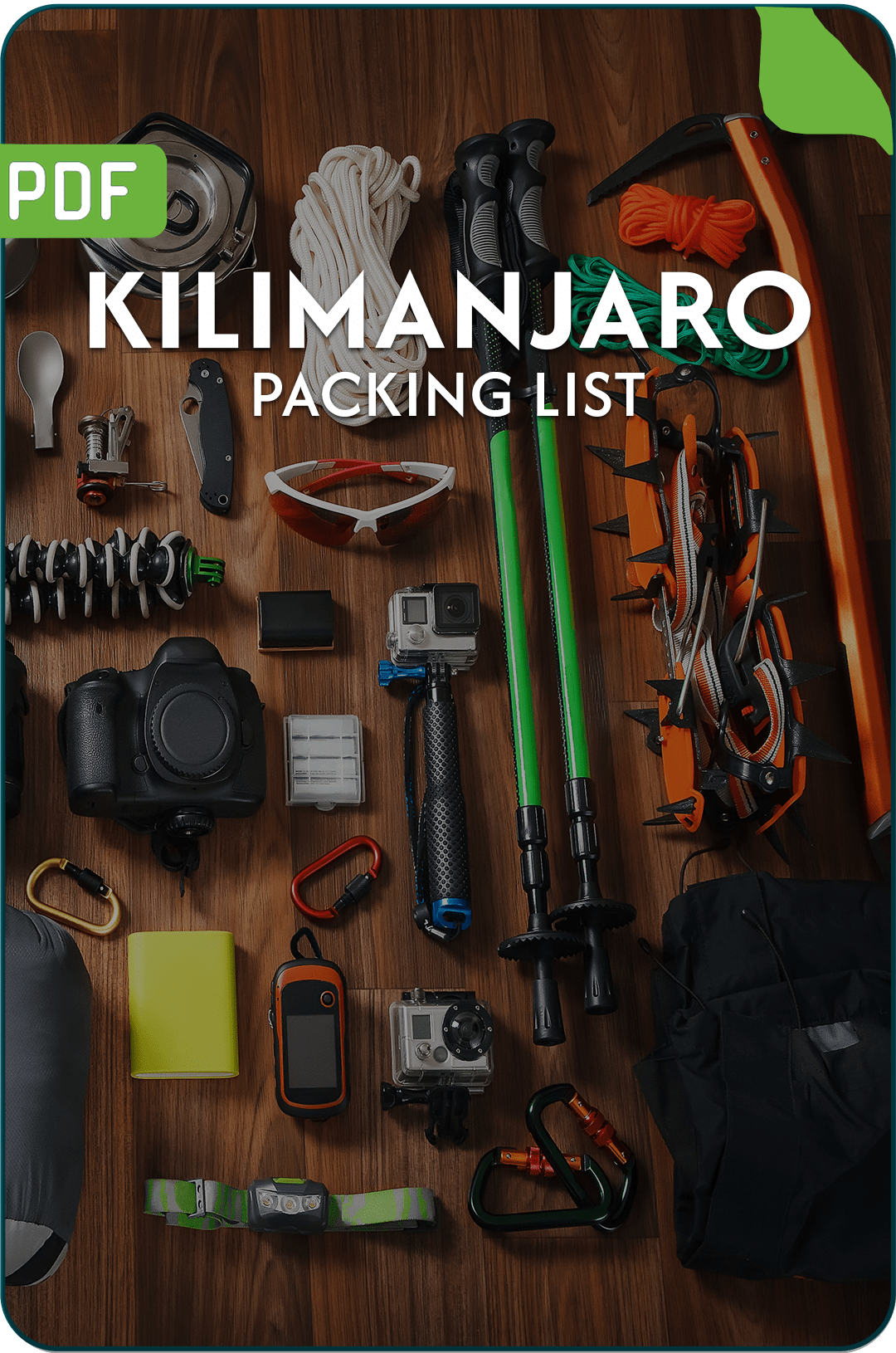
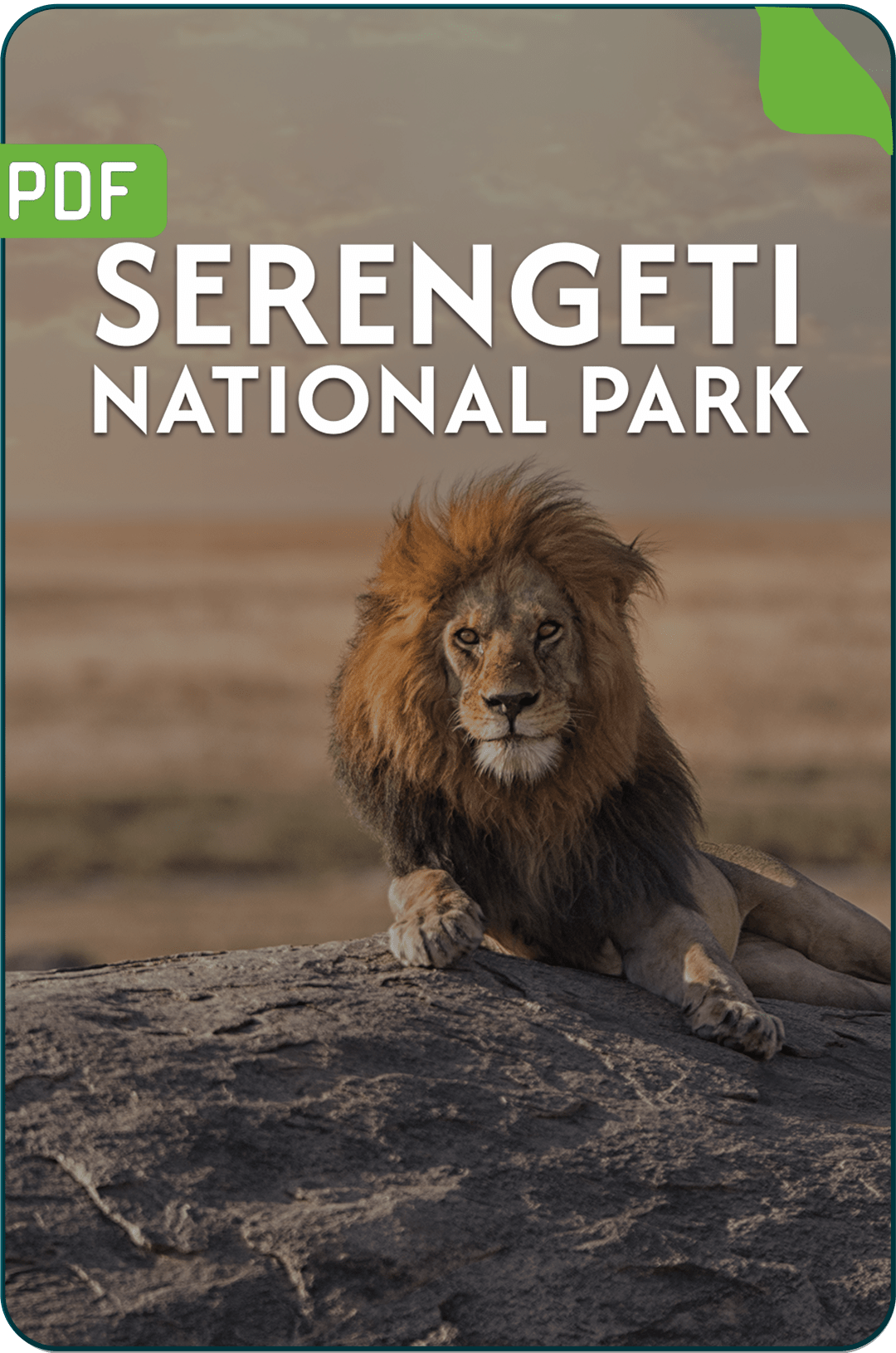

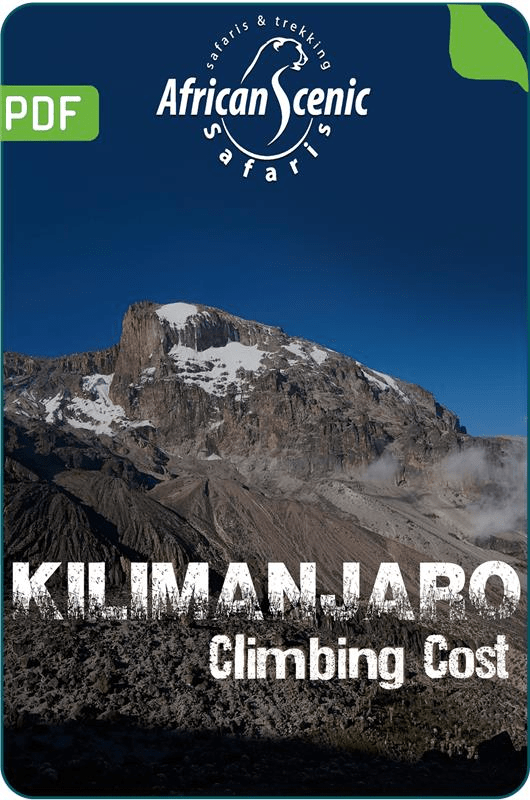









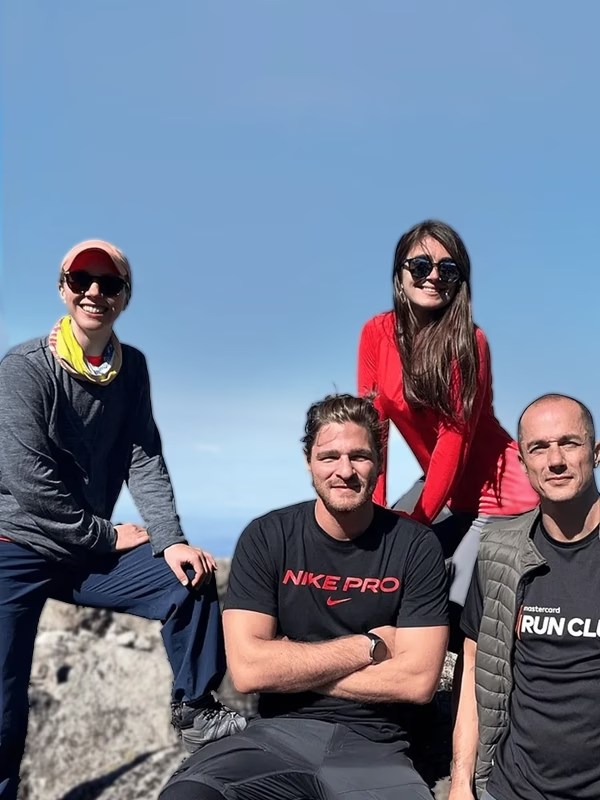




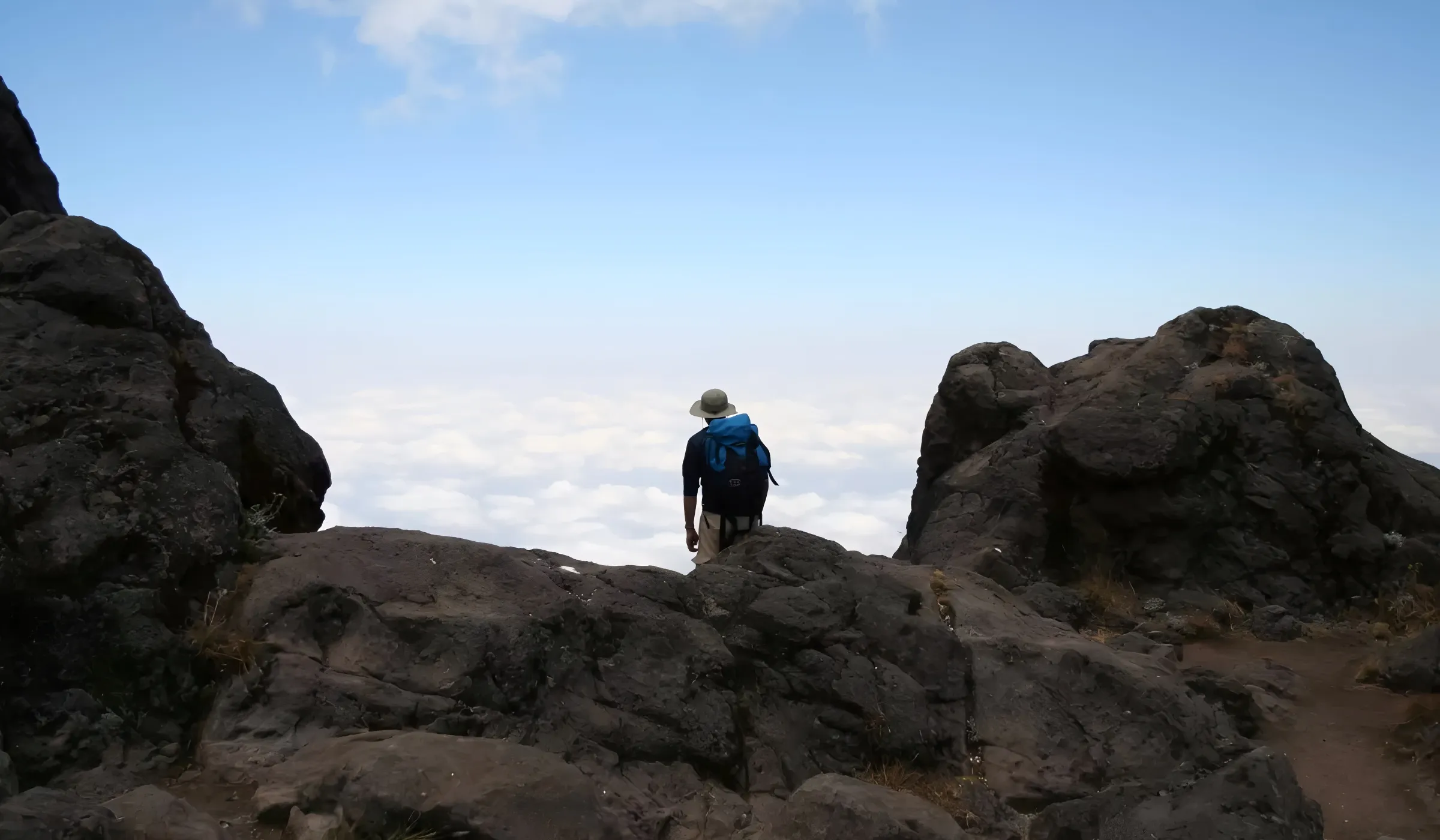

 African Scenic Safaris #1 on TripAdvisor
African Scenic Safaris #1 on TripAdvisor 




